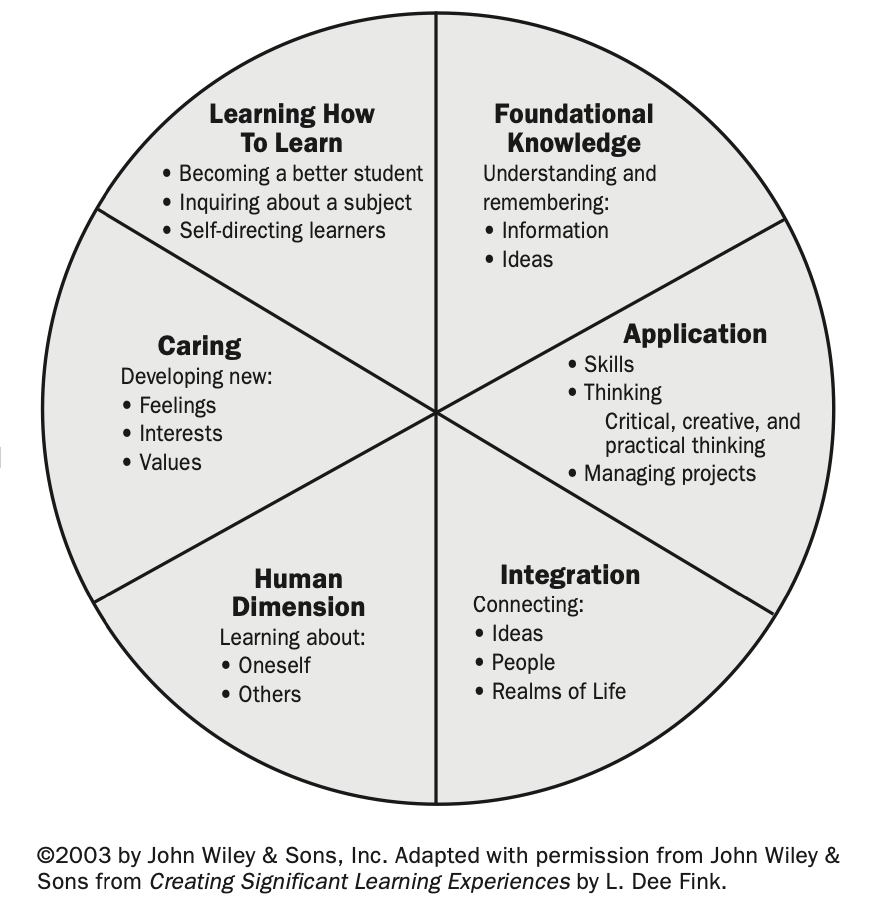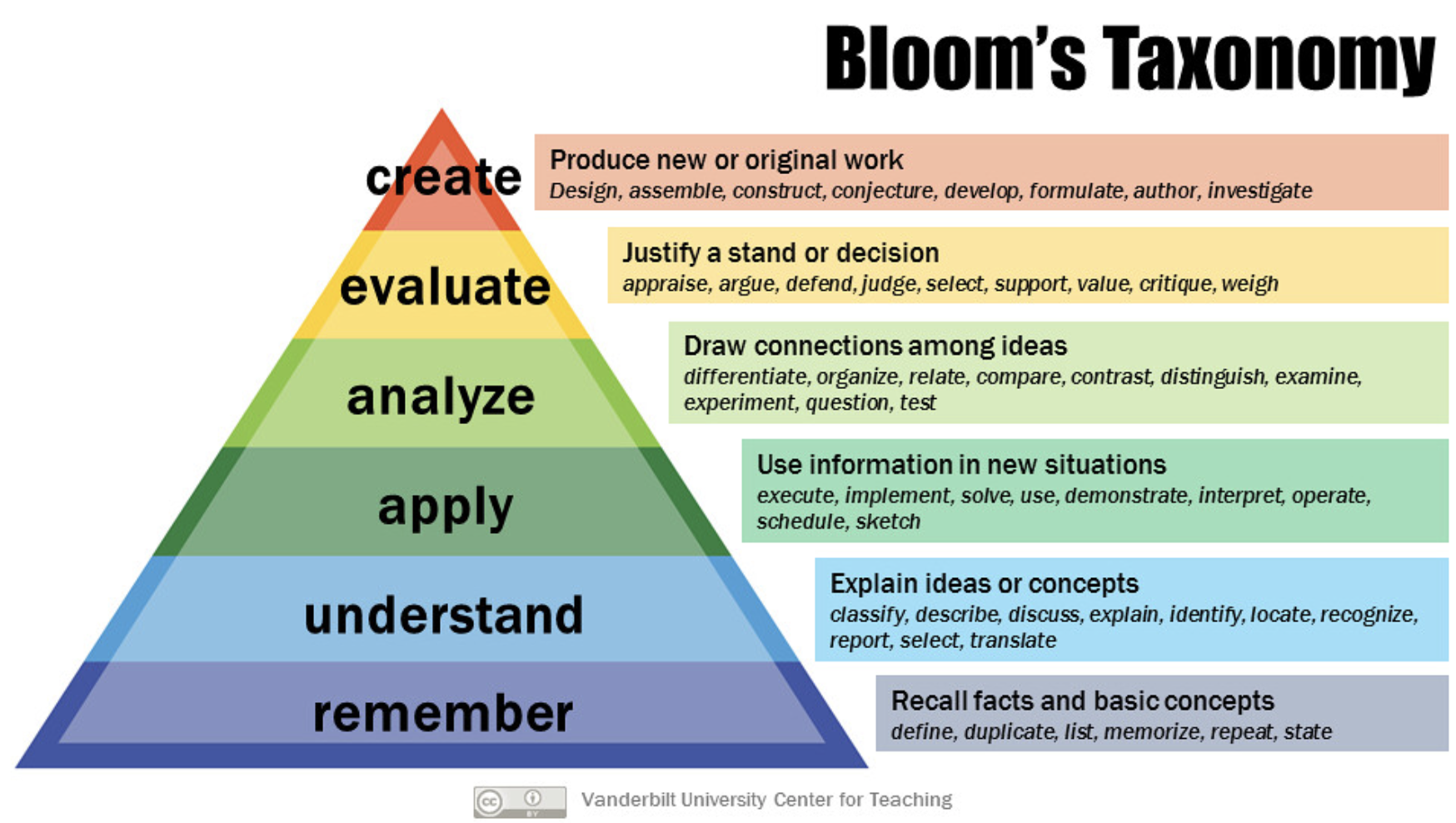9 Designing learning experiences for your students

Intentional learning design helps instructors effectively articulate learning outcomes, determine evidence of understanding, and evaluate their students’ learning. This chapter will discuss backward design, a framework that helps instructors identify concrete learning goals and desired outcomes before selecting forms of assessment and instructional methods (Wiggins & McTighe, 1998, 2005). Backward design can be applied to learning experiences at any level, from planning an entire course to crafting a single assignment. Based on this approach, instructors work backward from determining what students need to learn to how best to assess learning and what instructional methods would be appropriate to achieve the desired learning outcomes.
For instance, if instructors want their students to be able to evaluate scientific data from relevant sources, they will not focus on assessing the data collection, which would be a separate learning objective, but on the analysis of the sources and their justification. Alignment is a fundamental principle of backward design: through individual assignments, we practice skills necessary for achieving learning objectives and track our progress toward these objectives through course assessments.
You can consult learning taxonomies (Fink’s Taxonomy of Significant Learning and Bloom’s Taxonomy) to organize learning objectives based on levels of complexity and skills that you want your students to retain after the end of the course.


💡 Brainstorm a learning experience using the backward design framework:

Feedback/Errata